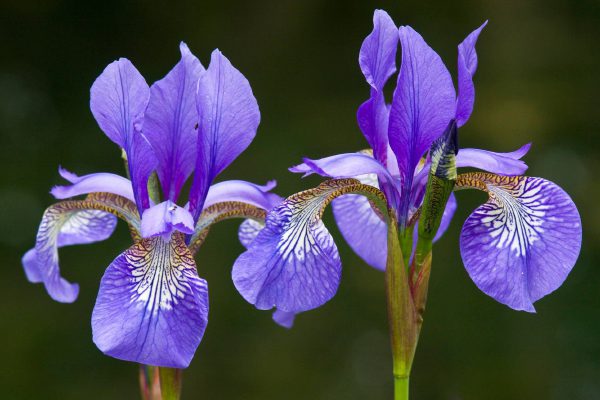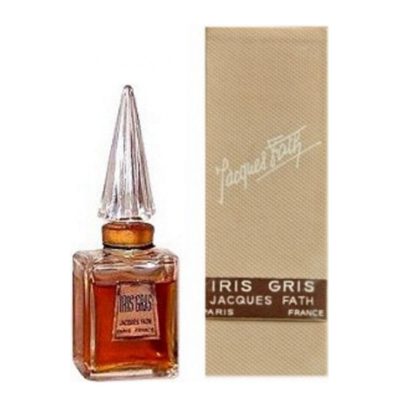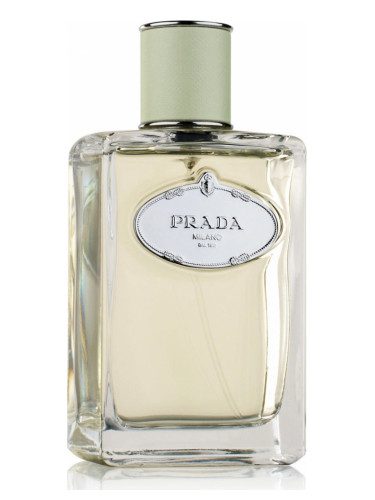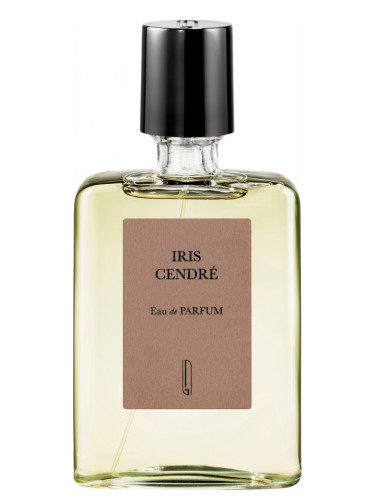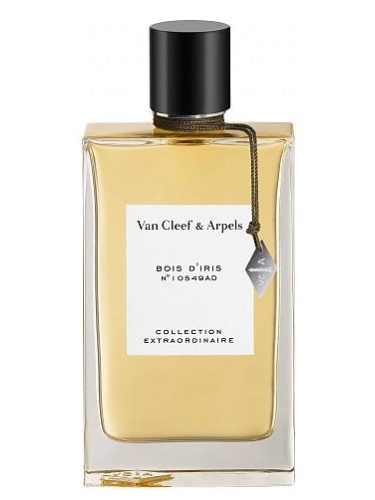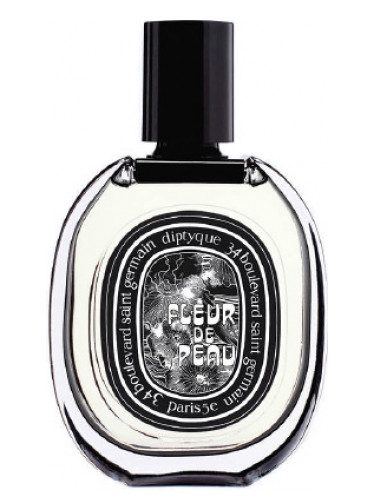In natural perfumery, iris pallida is considered an exceptional ingredient to use to add a sophisticated note to formulations. The olfactory treasure of this plant is in its rhizome and it is after a long process of transformation that it reveals all its beauty and olfactory refinement. And moreover, iris has been known for its medicinal properties since the dawn of time. Francoise Rapp helps us explore this sacred and mythical plant.
In Greek mythology, Iris, daughter of Thaumas and Electra, was the messenger of the gods. In Homer's Iliad, she is "the messenger of all the eternal gods". When Hera returned from the Underworld to Olympus, it was Iris who purified her with perfumes. Poets claimed that the rainbow was the trace of Iris's foot descending rapidly from Olympus to earth to carry a message; this explains why it is most often represented with a rainbow. Iris is the rainbow goddess.
As for the iris plant, we find traces dating back to 1469 B.C. and King Thutmose III of Egypt. It came to Europe via the trades to reach the Florentine court and it became the well-known iris of Florence. Known to have been appreciated by Catherine de Medicis, it was used in cosmetics and fragrant balms then and is still widely used to this day.
Botanically derived from the roots of Iris germanica, the extract possesses a high concentration of isoflavones in its rhizomes. As a result, it is included in cosmetic formulations due to its potential to provide potent antioxidant effects that help protect the skin by neutralizing free radicals. In his Canon of Medicine, Avicenna recommends an external wash made from a decoction of Orris root (the root of Iris germanica and Iris pallida) as a beautifier of the skin which removes wrinkles.
Its botanical portrait
Iris grows in various countries now from France, China, Turkey, Italy and Morocco but iris pallida or iris of Florence is recognized as one of the noblest members of the iris family by natural perfumers since Catherine of Medicis. Technically, its cultivation is done from mid-September to mid-October. The harvest takes place the 3rd year after planting between mid-July and mid-August. The extraction is either done with a volatile solvent for the absolute; alcohol for the resinoid or hydrodistillation as for the butter and irone isolate. In terms of the yield itself, it requires 100 kg of rhyzomes to make 1.2kg absolute, 100 kg for 20 kg resinoid and 330kg to make 1kg orris butter and 100 grams of isolates.
Iris, a rich olfactory palette
Its scent is multi-faceted with delicious notes between violet note and mimosa note, woody accents, light note of powdery leather and note of carrot. In fact, very often in perfumery, to replace or support the iris effect, carrot seed essence is added. Its fragrant quality is simply exceptional and this explains why it was the star ingredient of famous classic sophisticated perfumes since the early 20th century.
It is synonymous with chic and elegance for women and men as well. It blends beautifully with other essences to either make rich floral, woody or fougère accords. For instance, modern fougère natural fragrance can be created with lavender, vetiver, ambrette, iris and Virginia cedarwood; or the association with essences like benjoin, frankincense, ciste, tobacco and bergamot give it a very modern mystic flair.
Explore this exceptional ingredient in many classical men or women fragrances and feel surrounded by its timeless scent.
Here are some popular classic perfumes with Iris as an ingredient.
Iris torréfié by Guerlain
Infusion d'iris by Prada
Iris cendre by Naomi Goodsir
Bois d'iris by Van Cleef & Arpels
Fleur de peau by Dyptique
©2021 Françoise Rapp


